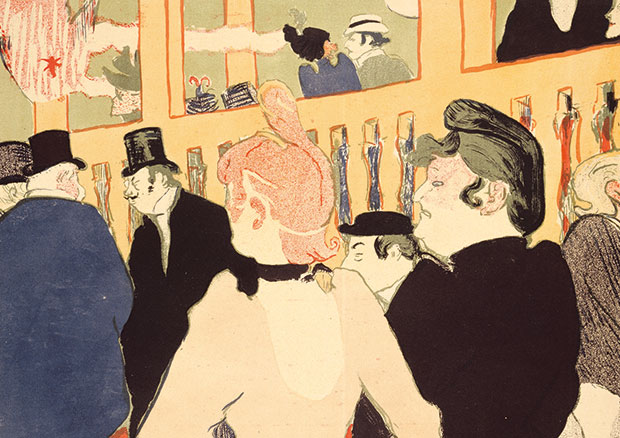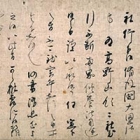August 29, 2015 – February 15, 2016
http://www.mfa.org/
Yashima Gakutei, Pangu (Banko shi), from the series A Set of Ten Famous Numerals for the Katsushika Circle (Katsushikaren meisu juban), about 1821
The amazing versatility of the great Katsushika Hokusai is reflected in the work of his many pupils, who were inspired by their master to produce outstanding prints and paintings of many different subjects: beautiful women, historical warriors, landscapes, still lifes, and fabulous monsters. This exhibition examines the first wave of Hokusai’s impact on the Japanese art world, during his own lifetime and shortly thereafter, as seen in the work of the artists who studied with him in person.
Hokusai’s influence was especially strong in the area of surimono, privately commissioned prints made with the finest materials and techniques that were often exchanged as gifts by the affluent members of amateur poetry clubs. Three of the most important and prolific designers of surimono—Shinsai, Hokkei, and Gakutei—were all pupils of Hokusai. The combination of skill and ingenuity that these artists shared with their teacher made their work extremely attractive to the surimono patrons.
http://www.mfa.org/
Yashima Gakutei, Pangu (Banko shi), from the series A Set of Ten Famous Numerals for the Katsushika Circle (Katsushikaren meisu juban), about 1821
The amazing versatility of the great Katsushika Hokusai is reflected in the work of his many pupils, who were inspired by their master to produce outstanding prints and paintings of many different subjects: beautiful women, historical warriors, landscapes, still lifes, and fabulous monsters. This exhibition examines the first wave of Hokusai’s impact on the Japanese art world, during his own lifetime and shortly thereafter, as seen in the work of the artists who studied with him in person.
Hokusai’s influence was especially strong in the area of surimono, privately commissioned prints made with the finest materials and techniques that were often exchanged as gifts by the affluent members of amateur poetry clubs. Three of the most important and prolific designers of surimono—Shinsai, Hokkei, and Gakutei—were all pupils of Hokusai. The combination of skill and ingenuity that these artists shared with their teacher made their work extremely attractive to the surimono patrons.





